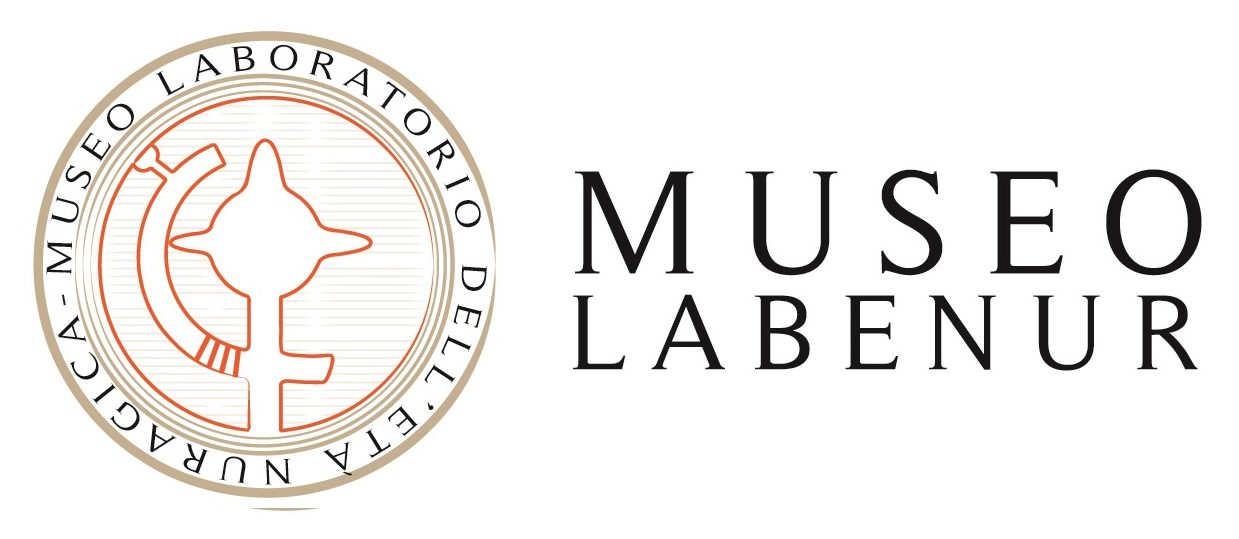Arzachena is today the first Municipality in Sardinia for the number of tourist presences (1 million 222 thousand in the 2019 season, with an increase of 1.2% on 2018). In its territory there are Porto Cervo and the Costa Smeralda, as well as the seaside villages of Baia Sardinia and Cannigione.
An exclusive vacation spot, this strip of land is known for the incomparable beauty of its sea which with various shades of color from turquoise to blue and emerald green does not betray the expectations aroused by the name.
Its beaches set among granite rocks and framed by the variegated hues of the Mediterranean maquis make it a strong attraction for both national and international tourist flows.
But there is no lack of cultural resources that lead back to a fascinating past of which an indelible trace remains.
The ancient village of Arzachena arose as a small group of houses gathered around the church of Santa Maria Maggiore following its erection as a parish in 1776. It was actually a subsidiary rural parish or “chaplaincy”, in which the assistant parish priest resided from November to the end of June following the annual cadences of transhumance. Over the span of just under a century Arzachena experienced a progressive demographic increase, just think that in 1861 it reached 1339 inhabitants and that since the census of 1901 the population had almost doubled in forty years. But what is important to note is that only 8% of it resided in the small town while the remaining 92% lived in the pens scattered throughout its vast territory.
It became an autonomous municipality in 1922, starting from the 1960s its territory became the object of a large real estate investment aimed at tourism enhancement, conceived and implemented by a group of well-known entrepreneurs headed by the Ismaelite prince Karim Aga Khan. The intention of enhancing the area was matched, in the new group of investors, by the desire to harmonize the buildings in the surrounding environment. For this, elements of Sardinian architecture and tradition were taken up and simple materials such as wood and local stone were used.
Thus arose the village of Porto Cervo, which its architect Luigi Vietti wanted to gather around a terrace overlooking the sea in view of the small port, the Cala di Volpe hotel, the work of the architect Jacque Couëlle, the Pitrizza, created by the architect Luigi Vietti, and the Romazzino, born from the creative genius of Michele and Giancarlo Busiri Vici. The first of these was also responsible for the design of the church of Stella Maris, a simple and authentic treasure trove of works of art, consecrated on 28 August 1968.
But Arzachena also boasts an Archaeological Park which includes seven monuments from the Nuragic Age and one from the Neolithic Age, grouped into three different nuclei. Just 4 km away from the Labenur Museum is the Neolithic necropolis of Li Muri (late 5th millennium BC), made up of four circular tombs, attributable to the phenomenon of western megalithism, and comparable with some monuments of southern Corsica and the south. of France and Spain.
About 1 km from the necropolis stands the beautiful Tomb of the giants of Li Lolghi which with its 27 m. in length and its monolithic stele represents one of the most evocative and best preserved burials of the Nuragic Age (XVIII century BC – VI century BC.).
At the entrance to Arzachena, the archaeological area of Malchittu, with the Nuraghe Albucciu, the Tomb of the Giants Moru and the Tempietto of the same name, offers a complete panorama of the Nuragic Civilization (17th century BC – 6th century BC) exemplified in its housing, cultural and funerary aspects .
Finally, in the Capichera area, the Tomb of the giants of Coddu ‘Ecchju and the Nuraghe La Prisgiona, the subject of stratigraphic investigations in the last twenty years, represent one of the most important nuragic complexes in the Gallura area capable of attracting a large number of visitors.
In the historic center there is the tiny museum of the Time Box, dedicated to local history, to which are added the parish museums (Museum of Bread, Museum of Ancient Crafts and Museum of the Soul), unfortunately still only occasionally accessible. You can also visit Monti Incappiddatu (i.e. the mountain with the hat), also known as the Mushroom, a monumental granite rock formed about 300 million years ago and shaped by the action of water and atmospheric agents.
In the area it is possible to make excursions on foot in the area of Monti Zoppu and in the area of Pevero. Other parks are under construction along the river areas and ponds and there are also paths equipped for climbing and excursions by bicycle, on horseback, with donkeys. In periods when the rails are not covered by the Green Train, you can walk on the tracks or in good weather buy a ticket at the TVP of the Labenur Museum for a train excursion to internal Gallura, aboard a carriage from 1930.
The Laboratory Museum of the Nuragic Age (LABENUR), located at the intersection of the SS125 and the SP 115 for Bassacutena in the old building of the railway station, evokes prehistory, history and local tradition within its simple rooms. Here time has stopped. Come and visit us to retrace it with us.

